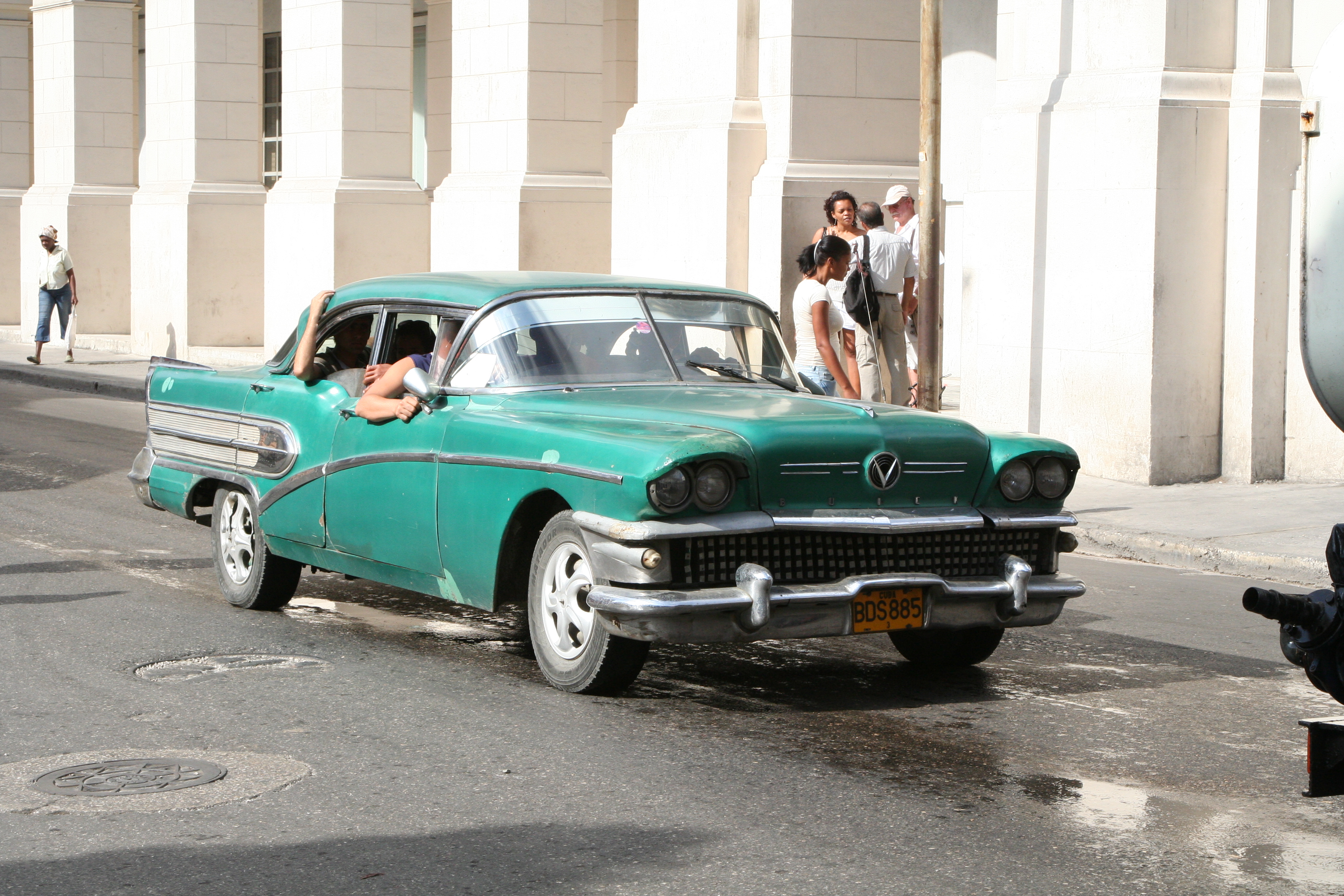


Whether it’s for business or leisure, driving is one of the easiest ways to get around when overseas. While hiring a car in new country is convenient, it does come with a prerequisite – getting across the local road rules. It’s best to start your research early so you feel completely at ease when you pick up the hire car keys.
The UK, Europe and America are all easily explored by car, but their road rules can differ significantly. If you’re planning a trip abroad soon, a personal travel manager can help you with everything from arranging car hire and researching the best accommodation on route, to ensuring you have the required documents and local road rules before you arrive.
As an introduction to the differing road rules and to make your next trip abroad a little easier, here are some essential road rules to consider when hiring a car in the UK, Europe and America. Safe and happy driving!
The UK
For Australians, driving in the UK isn’t as daunting as they also drive on the left! This can make things a little easier when it comes to navigating your way around, however, the road rules can be very different, so it is important to familiarise yourself with the UK Highway Code.
Some important rules to note:
Europe
Road rules in each European Union (EU) country may differ slightly, so make sure you consider this if you’re travelling across borders. For example, in Switzerland you must drive with your headlights on all day, and in France it is mandatory to carry a self-test breathalyser while driving.
To ensure you’re well aware of specific rules when planning your trip, why not ask your Personal Travel Manager to advise you on the road rules of your specific destination. Here are some important road rules to consider:
America
America is the land of the great road trip, and its vast landscape makes it an ideal country to explore by car. Bear in mind that road rules can vary from city to city and state to state. For example, each state has rules and regulations regarding the towing of trailers or another vehicle.
Be sure to ask your Personal Travel Manager about road rules in your specific destination(s). Important road rules are:
Talk to your local, personal travel manager before you travel to make sure you have your transport organised http://www.travelmanagers.com.au/ptm-search/
Do you have any tips for driving in a new country that you’d like to share? Leave us a comment!